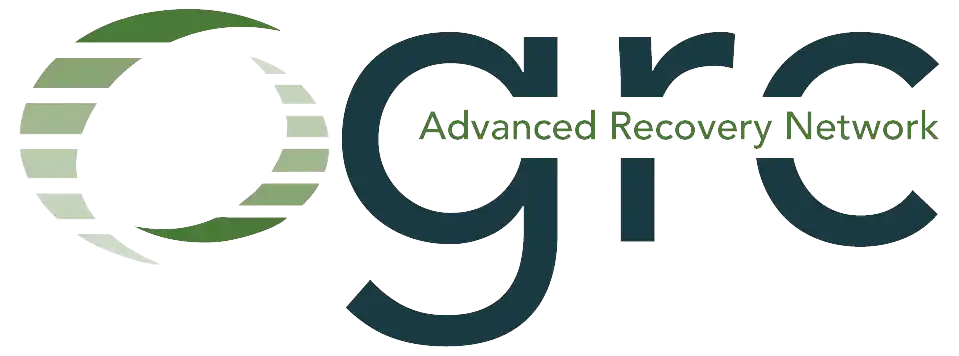 Being a teenager comes with inevitable struggles, but some teens have trouble using healthy coping mechanisms. Some might start using drugs as a way to deal with troubling emotions. Opioids are a type of drug that can be extremely harmful, and even fatal. They’re often prescribed for pain relief, but they can be easily misused. It is important to be vigilant about changes in your child’s behavior, but sometimes it can be hard to tell if your teen is misusing drugs or just going through the emotional ups and downs that accompany growing up. That’s why we’ve outlined how you can tell if your teen is using opioids, and what we can do to help.
Being a teenager comes with inevitable struggles, but some teens have trouble using healthy coping mechanisms. Some might start using drugs as a way to deal with troubling emotions. Opioids are a type of drug that can be extremely harmful, and even fatal. They’re often prescribed for pain relief, but they can be easily misused. It is important to be vigilant about changes in your child’s behavior, but sometimes it can be hard to tell if your teen is misusing drugs or just going through the emotional ups and downs that accompany growing up. That’s why we’ve outlined how you can tell if your teen is using opioids, and what we can do to help.
What You Need to Know About Opioids
There are legal opioids like prescription pain-relievers and illegal opioids like heroin and illicit fentanyl. Prescription opioids are legal, powerful pain-reducing medications, and some are made directly from the opium poppy plant while others are made by scientists in a laboratory. Common prescription opioids include hydrocodone (Vicodin), oxycodone (Oxycontin, Percocet), morphine, codeine, and fentanyl.
Doctors prescribe prescription opioids to cure pain and other health issues like coughing and diarrhea. When used as directed and for a limited time, opioid drugs are relatively safe. But when they're abused, they can be dangerous. People abuse prescription opioids by:
- Taking a prescription in ways other than instructed, like taking more than prescribed or taking it more often.
- Getting and using prescription pills from a friend or family member, even if it’s for a real medical condition.
- Taking prescription drugs to get high.
- Mixing prescription opioids with alcohol or other drugs.
- Crushing pills, opening capsules, or dissolving the powder in water and injecting the liquid into a vein, or snorting the powder.
Illegal opioids like heroin are not available by prescription. When abusing opioids, it can be easy to become addicted. Drug addiction means a person continues to seek and take the substance despite any negative consequences. Their home, school, and community all have an impact on whether or not they try drugs or even become addicted.
How To Tell If Your Teen Is Using Opioids
Curiosity, peer pressure, and a desire to be part of the group are some of the most common reasons that pre-adolescents and adolescents start taking harmful drugs. Opioid misuse may begin as a means of coping with anxiety, anger, depression, or boredom for some teens. Preteens, and teenagers in particular, might be depressed or anxious but aren't aware of it or don't want to discuss it. Parents should try not to assume that nothing is wrong if their child won’t talk about their problems, as being high could be a teenager's way of avoiding the challenges they are facing.
If you are worried about your teen, be on the lookout for any emotional or behavioral changes. Here are some warning signs that your teen may be using opioids:
- Changes in friends - A teen who is using opioids may begin hanging out with a different group of friends without explanation, happening either very suddenly or gradually.
- Isolation - A teen using opioids may begin to isolate themselves from their family. They might spend more time alone in their room, avoid interacting with loved ones, or stay home during family activities.
- Lack of motivation and energy - Apathy, low productivity, and poor motivation in everyday activities can indicate opioid use in teens. The effects of opioids can also result in teenagers feeling chronic fatigue or tiredness.
- Change in communication - Opioid use can impact the way a teenager interacts socially. They may start talking more or less frequently and have slurred speech.
- Uncharacteristic aggressiveness or disobedience - Opioid addiction can result in a teenager misbehaving in new ways like skipping school, lying, or stealing. In some cases, opioid addiction may cause a teenager to be more aggressive than usual, they might make threats, become irritable, or get violent.
- Neglecting appearance - Certain teenagers who are using opioids may neglect their appearance, paying less attention to hygiene and wearing wrinkled or dirty clothes.
- Drug paraphernalia - If you find paraphernalia such as needles, pipes, and lighters in your teen's possession, this could be an indicator that they or someone they know are using opioids.
These signs do not always mean your child is using opioids. They could also be indicative of a mental illness or another issue. However, it is important to try your best to know what is going on with your teen. It can be helpful to talk openly with your children about the effects of opioids and stay engaged in their lives.
What To Do If Your Teen Is Using Opioids
If your teen is misusing opioids, you should not wait to get them the treatment they need. Quitting opioids can be hard, but reaching recovery is possible with the right care and support. Treating addiction in adolescents is different from addiction in adults, and it requires a specialized approach. At Gateway Rehab, we offer an individualized adolescent program for young people struggling with addiction.
Our dedicated team works to assist adolescents ages 13 to 17 in the healing process. Using evidence-based treatment, we provide outpatient treatments through a 12 step process. Teens will have access to individual, group, and family therapy, as well as learn aggression replacement skills. If your teen is struggling with opioid addiction, the team at Gateway Rehab can help them to reach a sustainable recovery and lead healed, productive lives.
At Gateway Rehab, our priority is to guide patients toward a life of sustained recovery. Our team recognizes that not every patient shares the same path to sobriety, and that is why we customize treatment options that address each individual’s personal needs and goals. If you or a loved one are currently struggling with addiction, we are here to help. Schedule your first appointment with one of our recovery centers today or call 1-800-472-1177 for more information.

